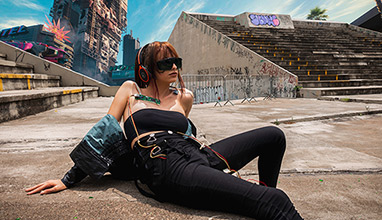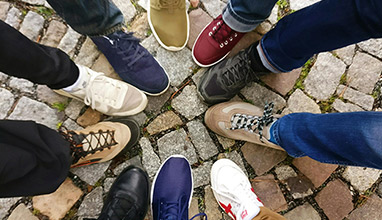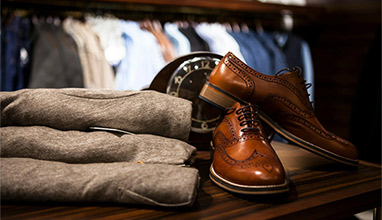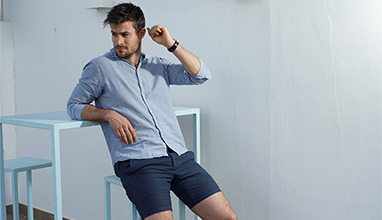The Evolution and Impact of Men's Athleisure Clothing
Over the past decade, athleisure has moved from workout gear to a mainstream wardrobe position, especially for men. This blend of athletic and leisure clothing reflects modern lifestyles, priorities, and styles good enough for the office. This fashion trend intersects with wellness and sustainability movements, making it more than just clothing—it's a lifestyle choice incorporating comfort and wellness into business and personal experiences.
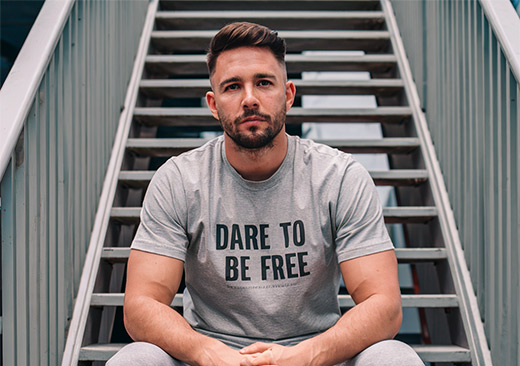
From Niche to Mainstream
Athleisure didn't become popular overnight. It evolved from a niche trend to omnipresence. For men, this shift is particularly notable. Initially, athletic brands introduced technical innovations in apparel, bridging the gap between workouts and everyday wear. By the 2000s, the line between athletic and casual wear blurred, creating a full-blown athleisure trend. This transition saw athleisure brands integrating lifestyle elements into their athletic collections, creating versatile pieces that could be worn in and out of the gym.
Cultural Influences
Several cultural shifts have driven the rise of athleisure. Health and wellness movements have broadened perspectives on fitness and self-care, pushing men to invest in versatile fitness apparel. The casualization of workplace attire, especially with the rise of remote work, has also fueled this trend. By 2019, many companies allowed casual dress daily, further embedding athleisure into everyday wear. This shift towards more relaxed dress codes reflects changing attitudes about professionalism and personal expression.
Consumer Demand
Consumer preferences for versatility, comfort, and mobility have cemented athleisure's place in men's fashion. Millennials and Gen Z have particularly embraced this trend. Several reports reveal that both generations prioritize self-expression and self-care. This demographic shift has led to increased spending on athleisure, which is projected to reach significant heights in the coming years. Athleisure's appeal lies in its ability to adapt to busy, multifaceted lifestyles, making it a go-to choice for many business professionals and students.
Versatility and Comfort
The COVID-19 pandemic accelerated the demand for this type of clothing. Athleisure provided the perfect solution since it’s easy to wear items for work, gym, and most other activities.
The emphasis on technical fabrics ensures unmatched comfort and performance are prioritized for dynamic lifestyles. Men appreciate the ease with which they can move from a work call to a workout without changing clothes. Athleisure shoes are crucial in this seamless transition since many styles work well for the gym and work. This convenience and stylish design have made athleisure a favorite for many.
Challenges and Criticisms
Despite its popularity, athleisure faces criticism regarding professionalism, sustainability, and diversity. The blurring of professional boundaries can lead to perceptions of reduced productivity.
Additionally, the reliance on synthetic fabrics raises environmental concerns, with microfibers contributing to ocean pollution. Addressing these issues through sustainable practices is crucial for the industry's future. Consumers are increasingly seeking brands that prioritize eco-friendly materials and ethical production methods.
Future of Men's Athleisure
Athleisure's future hinges on sustainability, innovation, and inclusivity. Brands are increasingly adopting renewable materials and ethical manufacturing processes.
Technological advancements like 3D body scanning and innovative fabrics will continue to enhance performance and comfort. Inclusivity remains a key focus with expanding size ranges and diverse marketing efforts. The future of athleisure is bright as brands strive to meet consumers' evolving needs and values.
Sustainable and Eco-Friendly Trends
Sustainability is becoming a critical aspect of athleisure. Consumers demand eco-friendly products, pushing brands to explore renewable and recycled materials. Companies are experimenting with bamboo, organic cotton, and recycled polyester fabrics. These materials reduce environmental impact and cater to the growing market of environmentally conscious consumers. Sustainable practices are also gaining traction in the industry.
Innovations in Design and Technology
Innovation in design and technology is driving the next wave of athleisure. Advances in fabric technology are creating more breathable, moisture-wicking, and durable clothes.
Smart textiles with embedded sensors are emerging, offering features like temperature regulation and biometric tracking. These innovations enhance the functionality of athleisure, making it even more attractive to consumers who lead active, tech-savvy lifestyles.
Expanding Inclusivity and Diversity
Inclusivity and diversity are essential for the growth of athleisure. Brands are expanding their size ranges to accommodate all body types. Marketing campaigns are becoming more diverse, featuring models of different ages, races, and sizes. This inclusivity broadens the market and promotes a positive message of acceptance and self-expression. By embracing diversity, the athleisure industry can better serve the needs of all consumers.
Athleisure has transformed men's fashion by combining comfort, functionality, and style. Its evolution from niche to mainstream reflects significant cultural shifts and changing consumer preferences.
As the industry continues to innovate and address sustainability and inclusivity, athleisure is poised to remain a key player in men's wardrobes. This trend offers a perfect blend of performance and lifestyle appeal, making it an enduring choice for the modern man.
Hits: 2967 | Leave a comment
Tags:athleisure





